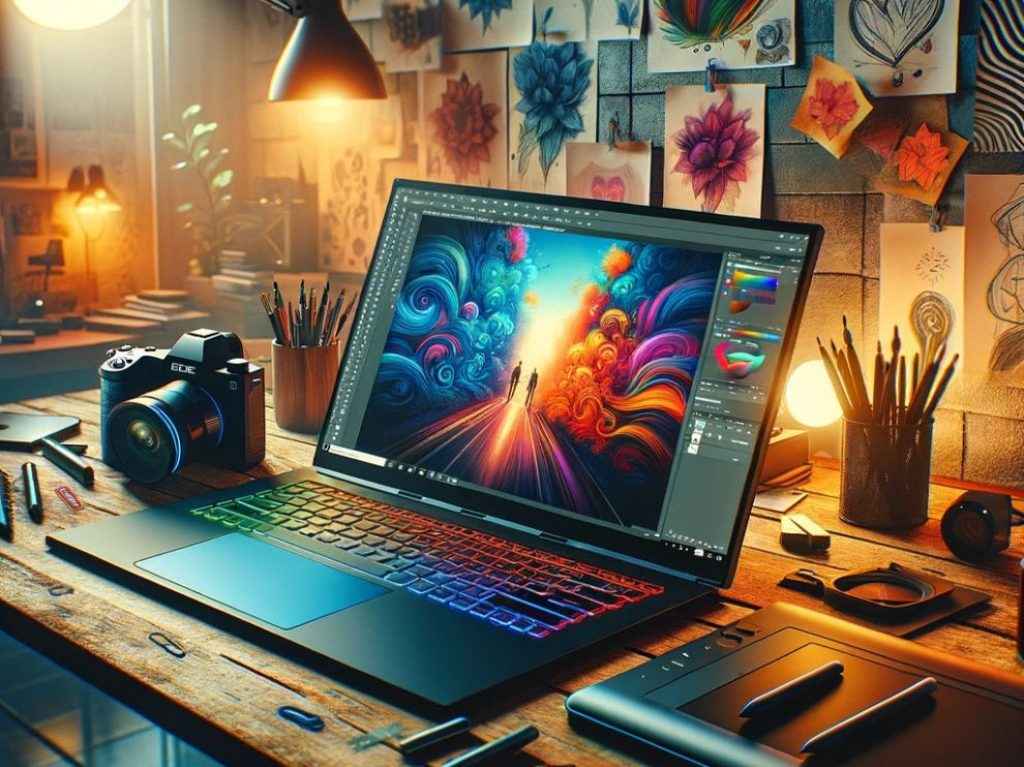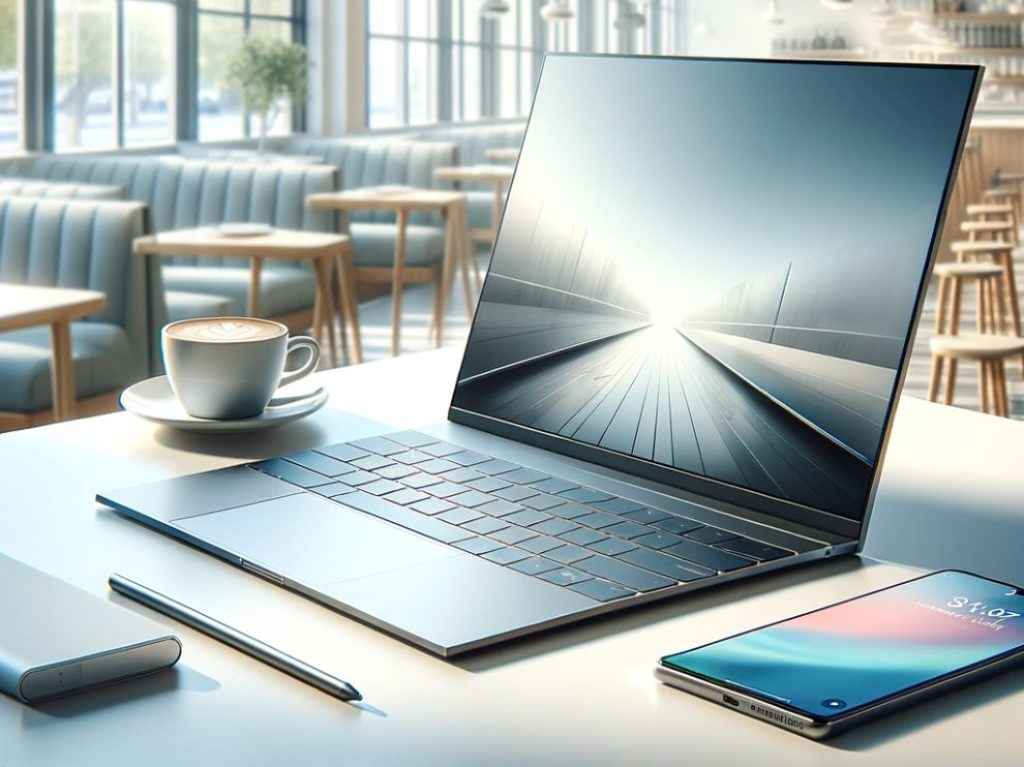Last Minute Cheat Sheet To Buying Laptops This Diwali

The plan is simple. I will tell you exactly how to pick the best laptop based on different popular kinds of workloads. And you will tell me how much it helped you out by emailing me a thank you note. I am kidding, the latter part is optional. You can if you want to though. Regardless, right now the market is filled with so many options that it’s honestly very confusing to know whether the laptop you’re buying is a good deal for you or not.
Moreover, the additional number of available processors, GPUs, storage, and RAM options can leave a buyer further perplexed. This can very well push them to make a bad purchase decision. So, keeping in mind the amount of time and the number of options in the market, here’s a buying guide that’s rich in all the details you need but is too long to read.
MAINSTREAM LAPTOPS

Main use cases
These laptops excel in low-medium-level tasks like handling documents, spreadsheets, presentations, and other office apps. Modern processors enable light photo/video editing on platforms like Canva and Filmora. Geared towards power efficiency rather than high performance, these laptops generally offer good battery life, often upwards of 6 hours, making them suitable for a variety of routine tasks.
Processors
Opt for Intel 11th to 13th Gen Core or AMD Ryzen 5000 or 7000 series processors. Intel excels in single-core performance and efficiency, especially 12th or 13th Gen with X86 Hybrid Architecture, while AMD offers better-integrated graphics and robust multicore performance.
RAM
Choose from four RAM options: DDR4, LPDDR4, DDR5, and LPDDR5, with DDR5 and LPDDR5 being faster. LPDDR X variants offer higher clock speeds but aren’t user-upgradable, unlike DDR X format RAM. The order of RAM speed is DDR4 < LPDDR4 < DDR5 < LPDDR5.
Storage
Opt for SSD storage over HDD for faster, more reliable performance. A minimum of 512GB storage is recommended, suitable for faster data access and program loading times. SSDs contribute to overall system responsiveness and are essential for modern computing experiences.
Graphics
Integrated graphics like Intel Iris Xe or AMD Radeon Graphics are sufficient for mainstream use. They support basic photo and video editing and can run less demanding games at low settings.
Display
A Full HD (1920×1080) resolution is the baseline for a clear and sharp display. IPS panels are recommended for better viewing angles and color reproduction. Touchscreen functionality is optional but can be useful for certain use cases.
I/O Ports
At least one USB-C port is recommended for modern connectivity and charging capabilities. Multiple USB-A ports ensure compatibility with older devices. HDMI and/or DisplayPort for external displays, and a 3.5mm audio jack for audio connectivity are also important.
Chassis and Build Quality
A good balance between portability and durability is key. A metal chassis is preferred for durability but can add to the weight. A sturdy plastic build is a good alternative for a lighter device.
THIN AND LIGHT LAPTOPS

Main use cases
Thin and Light laptops are ideal for individuals seeking a blend of portability and performance. They handle day-to-day tasks such as document editing, browsing, and media consumption with ease, and can tackle light photo and video editing tasks. Their lightweight nature makes them perfect for on-the-go usage, without compromising on battery life, which often lasts around 6-10 hours.
Processors
Consider laptops with Intel’s 11th, 12th, or 13th Gen Core processors or AMD’s Ryzen 5000 or 7000 series processors. These CPUs offer a good balance of performance and energy efficiency, suitable for the demands of Thin and Light laptops.
RAM
Opt for a minimum of 8GB RAM, although 16GB is preferable for smoother multitasking. The RAM type could range from DDR4, LPDDR4, and DDR5 to LPDDR5, with the latter two being faster and more efficient. Note that LPDDRX variants are often not
user-upgradable.
Storage
A solid-state drive (SSD) is a must for faster boot times and quicker data access. A minimum of 512GB SSD is recommended, though 1TB provides a more comfortable space cushion.
Display
A display size of around 13 to 14 inches with Full HD resolution is standard. Look for IPS panels for better viewing angles and color accuracy. A brightness of around 300-500 nits is recommended, though higher is better for outdoor usage.
I/O ports
Essential ports include USB Type-A, USB Type-C (preferably with Thunderbolt support), HDMI, and a 3.5mm headphone jack. An SD card reader and additional USB ports are a bonus for better connectivity.
Chassis, keyboard, build quality
A rigid chassis with minimal flex is preferable for durability and a better typing experience. Key travel of around 1.0 to 1.5 mm provides a comfortable typing feel. Metal construction or metal elements in the chassis are desirable for better durability.
CREATOR LAPTOPS

Main use case
These laptops are mainly used for creative workloads. They have top-of-the-line displays, a powerful processor, a dedicated GPU, plenty of ports, and also a slim profile.
Processor
Choose either an Intel 12th or 13th Gen “H” or “P” series processor or an AMD Ryzen 7 7840HS or higher as your CPU. Both offer great performance but Intel Core i9 variants will offer maximum performance amongst the bunch.
RAM
Choose at least 16GB DDR5 or LPDDR5 memory. If you get the former one, then upgrade it to 32GB a year or so down the line.
GPU
An Nvidia RTX 4050 or higher should suffice as a good GPU for content creation.
Storage
At least 1TB of PCIe Gen 3 SSD or higher is strongly recommended for any creator laptop.
Display
Either an OLED display with 100% DCI-P3 color space coverage or an IPS LCD panel with high brightness is what you need. Make sure that both of them are color accurate as well with a Delta E value of less than 3.
I/O Ports
USB-A and USB-C ports connect peripherals; USB-C enables fast data transfers and display output. HDMI, DisplayPort extend displays. SD card reader, Ethernet port facilitates file transfers; and audio ports for sound monitoring.
Chassis, Keyboard, Build Quality
A creator laptop’s chassis, ideally metal, ensures durability and better heat dissipation. The keyboard should have adequate key travel and backlit keys for comfort and low-light work. High build quality, reflected in durability and a premium finish, withstands daily use, making the laptop a reliable extension of the creative process.
Yetnesh Dubey
Yetnesh works as a reviewer with Digit and likes to write about stuff related to hardware. He is also an auto nut and in an alternate reality works as a trucker delivering large boiling equipment across Europe. View Full Profile




